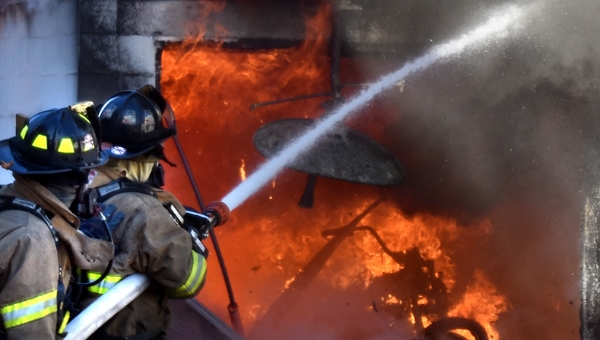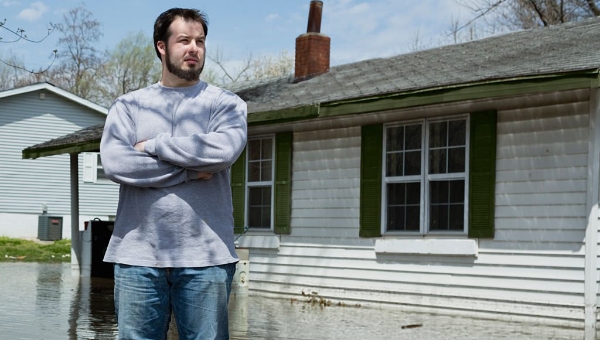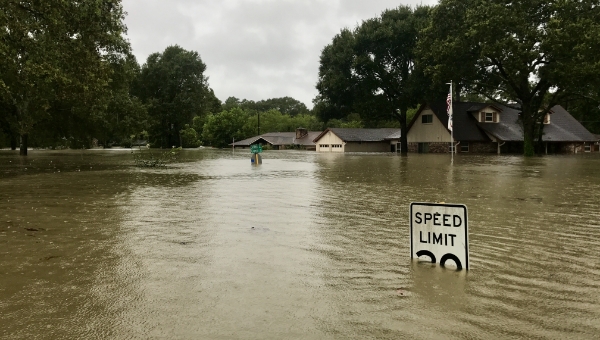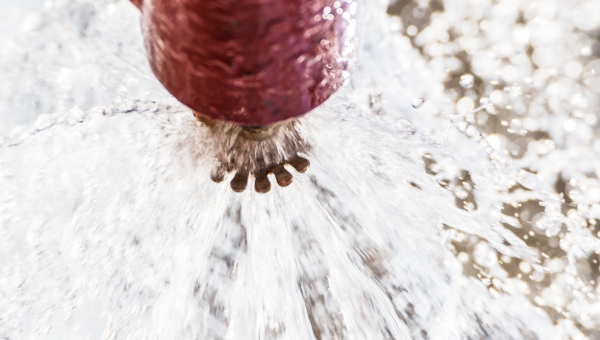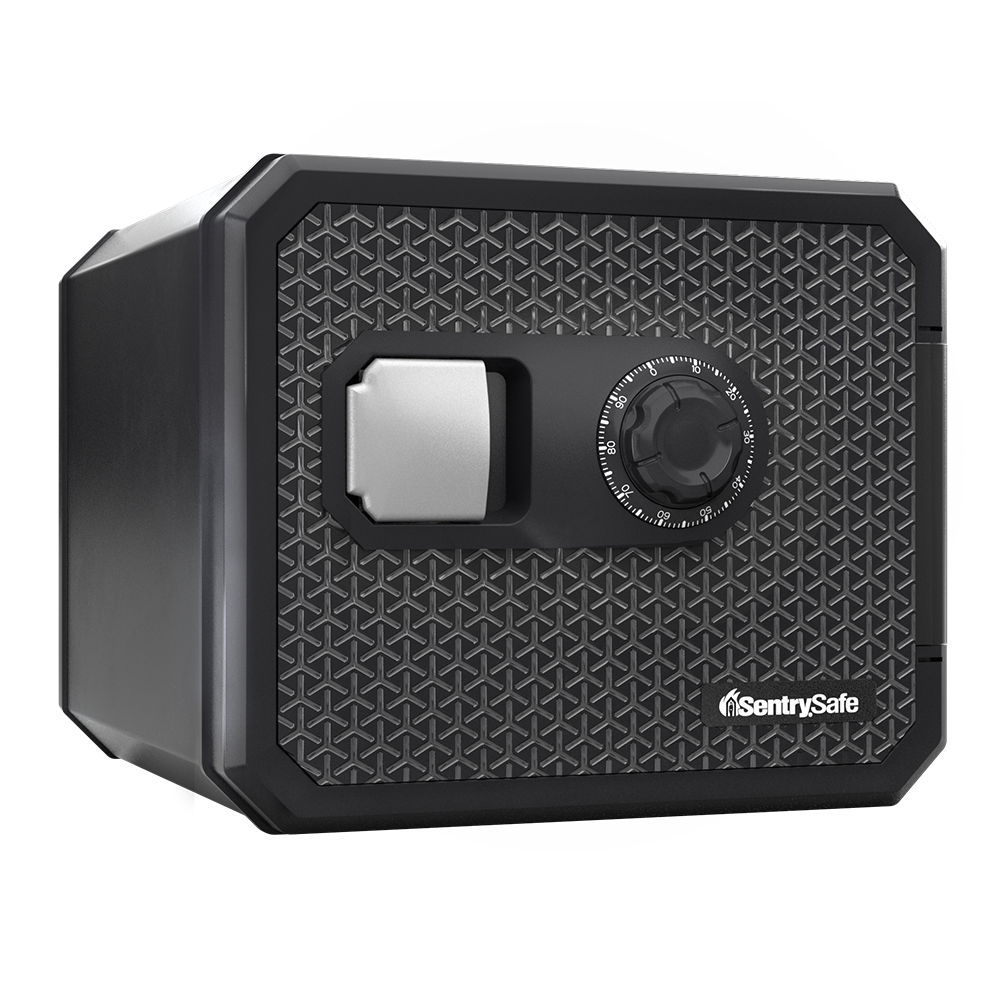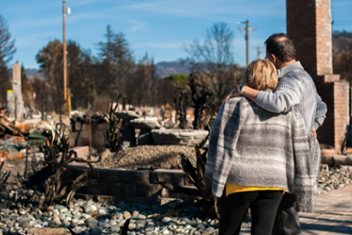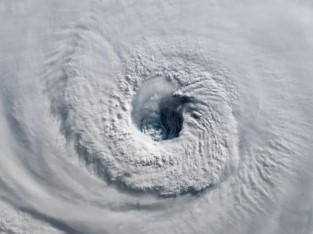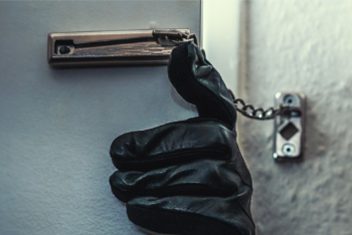- Startseite >
- Security and Safety Insights >
- 5 Things You Need to Know About Your Safe's Fire Rating
5 Things You Need to Know About Your Safe's Fire Rating


It's easy to be fooled if you don't know what to look for in a safe's fire rating. A product may claim to be fireproof, but there's a big difference between being fireproof for 10 minutes at 600°F and fireproof for two hours at 1850°F. Familiarizing yourself with UL and ETL standards helps you better understand different fire safe ratings and what it takes to keep your valuables protected.
It's important to ensure fire protection claims are certified by a qualified party
Not all safes that claim to be "fireproof" or "fire protected" are the same. That's why standards were created and organizations like UL and ETL work to test and certify product claims so consumers can trust the products that they are buying.
- UL Certified: UL stands for Underwriters Laboratories and is an independent, nonprofit testing lab for consumer, commercial, and industrial products. With over 100 years of experience, UL is globally recognized and considered the gold standard for testing and certification of product claims, largely because they created the standards. Safes that have been certified by UL are of the highest quality and offer the highest level of fire protection available, meaning your safe can withstand high temperatures for an extended period of time.
- ETL Verified: ETL Verified is a product verification mark (issued by Intertek) that is used to ensure manufacturers meet their own internal test requirements. Organizations seek an ETL verification for specific claims, like water testing, where there isn’t an existing standardized test.

Some manufacturers will do their own testing and give ratings based on their internal standards - these should generally be avoided. Without oversight or verification from outside organizations, they often use modified testing parameters that can misrepresent their effective fire resistance, including lowering the overall temperature, shortening the testing time, or slowly increasing the applied outside temperatures over time. This makes it easier to fool consumers into believing they are more protected than they actually are.

Get to know the meaning behind fire safe ratings and how they impact your safe
Fire resistance ratings are mainly determined by a product's ability to endure two factors: time and temperature. During a Fire Endurance test, items like paper are put inside the safe, then heat is applied to the outside to quickly raise the temperature to up to 1850°F to simulate real-world burn conditions. To receive the highest UL rating, the internal temperature cannot exceed 350°F for the duration of the specified test. The time and temperature will vary depending on the certification.
If you are storing digital media in your safe, it's also important to see if your safe is verified to protect digital media. This means that it has undergone specific testing to ensure it will protect your digital assets in the event of a fire.
There’s more to fire protection than just the fire
While fire damage is the number one concern in a house or business fire, there are other residual effects that can be just as damaging to your safe. If a safe is stored on a second floor, there's a chance that it could fall through the floor if the structure becomes unstable from fire damage, so it needs to be able to withstand that impact. Likewise, explosions are another source of potential damage for a safe. That's why fire-rated safes also undergo impact and explosion tests as part of UL testing. Be sure to look for these certifications on your safe.
- UL impact resistance testing: During an impact test, a safe is heated to the same time and temperatures used in the Fire Endurance test, then dropped from a height of 15 feet*. To receive a UL certification, the safe must remain intact without opening or sustaining significant damage.
- UL explosion hazard testing: Sudden, extreme temperatures can cause the air inside the safe to expand so rapidly that the structural integrity is compromised. Safes that are UL classified are certified to withstand this extreme event. During an Explosion Hazard test, the safe is heated to 2000°F and maintained for a specific length of time depending on the certification.
Don’t forget about water protection
When people think of waterproof safes, the first thing that often comes to mind is flooding. But it's important to remember that if your house experiences a fire, there could be significant water from sprinkler systems or fire hoses that could damage your valuables if your safe is not rated for water protection.
Since there are no specific standards set for water protection, ETL is a great option to verify these types of claims. ETL thoroughly tests and verifies a safe's water submersion and resistance ratings to ensure the safe will be protected against flooding and other water damage, so you can rest assured your valuables will survive a catastrophe.
- ETL waterproof testing: ETL verified waterproof products are vigorously tested to remain dry even through extreme exposure to water for up to 72 hours. So, even if you’re away from your home during times of peril, you can be confident your valuables are safe – including digital media. Be sure to check the ETL rating on your safe as the times may vary.
Check out these Fire Safes and Fire Bags that deliver up to 24 hours of powerful protection from water intrusion.
Choose a safe place to store your fireproof safe
Choosing a smart location to store your safe can make a big difference in the long run. Many people choose to store it where it is quickly accessible, like a bedroom or office closet. This makes it easier to grab valuables - such as cash, passports, business documents, photos, heirlooms and digital media - if you are able to safely do so before leaving the building.
Another place to consider storing your safe is in the basement. This is a great option because in the event of excessive structural damage, you don't have to worry about the safe falling through one or more floors, potentially damaging your valuables.
Experiencing a fire can be overwhelming. Choosing a safe that is certified to withstand fire and water can bring you great peace of mind. To learn more about how to choose a safe that best meets your needs, including fire safes, fire files, fire chests, and fire bags, visit SentrySafe.com.
*Applies to SentrySafe 2-hour fire safes only

